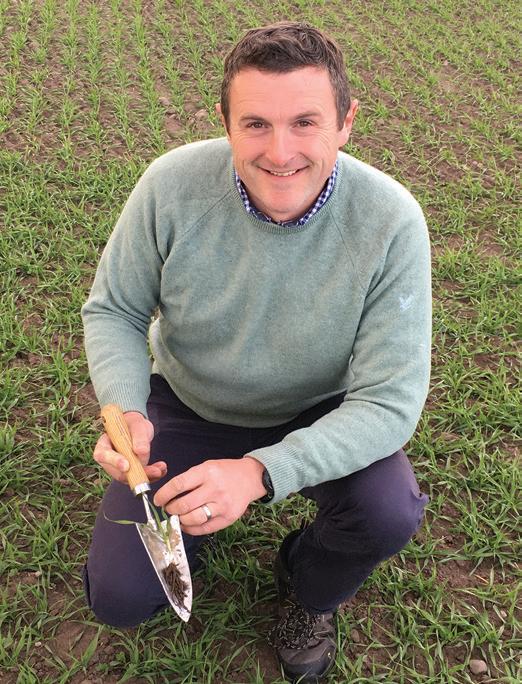
1 minute read
Stimulating advice for spring barley
Good demand as Scottish malting capacity increases, coupled with relatively low growing costs, mean there is a lot to play for with spring malting barley.
That is the message to Scottish growers from Alistair Gordon, regional technical manager for ProCam’s Turriffbased and Invergordon-based Robertson Crop Services division.
Advertisement
“With decent spring barley yields of around 7.5 t/ha now regularly achieved in our area, and the crop’s nitrogen fertiliser requirement running at about half that of winter wheat, spring barley offers good financial potential,” says Alistair.
“However, with bigger weather events now increasingly common – including deluges but also dry periods where rainfall can’t be guaranteed when needed – setting up spring barley crops so they produce well-developed root structures has become much more important.
“Without good root structures there is a bigger risk that spring barley, which is a delicate crop to begin with, will suffer drought stress and a yield impact if it turns dry. Also, stressed crops are more susceptible to Ramularia.
“Good seedbeds are clearly the starting point to aid rooting – we don’t want a seedbed that’s too compacted for roots to penetrate or too rough for rapid crop establishment. But another technique that’s really gaining momentum is proactively feeding spring barley early with a biostimulant which combines a seaweed extract plus trace elements.”
By using this approach in 2022 to build root structures early, Alistair says he is convinced that, by the time the dry weather arrived last season, treated crops were already more robust and so better able to tolerate the conditions.
Alternatively, where spring barley crops are thin and need a tillering boost, he says he has seen success with a different biostimulant – Zodiac.








